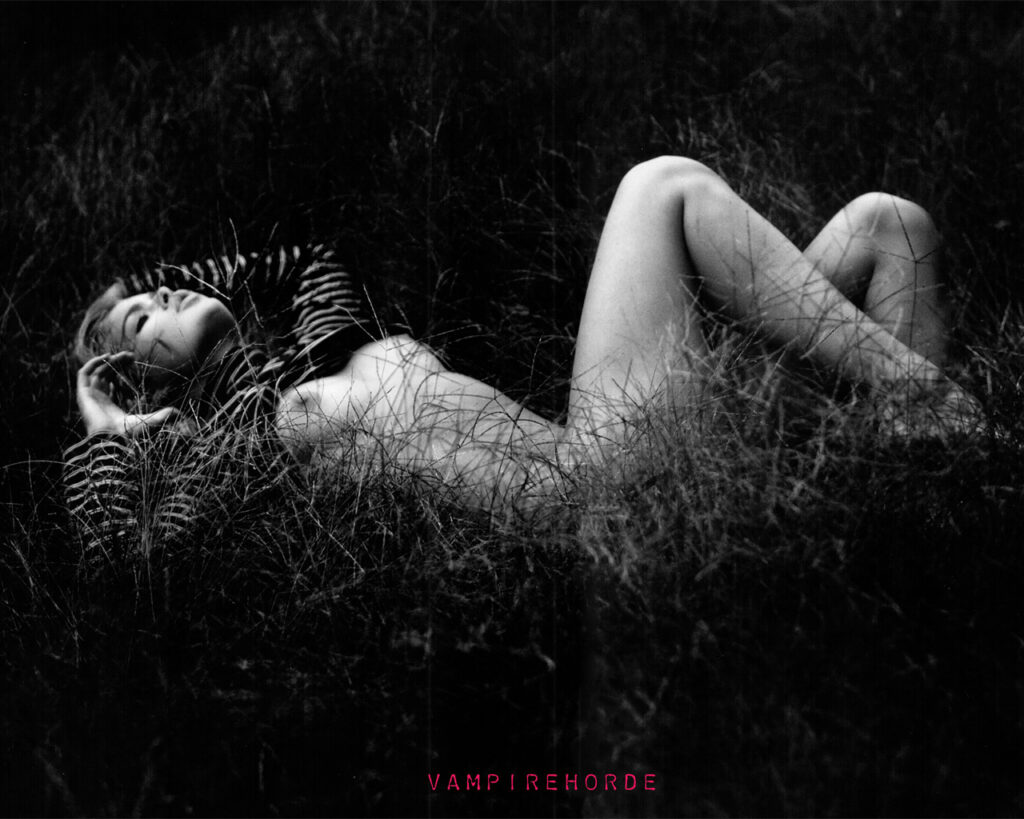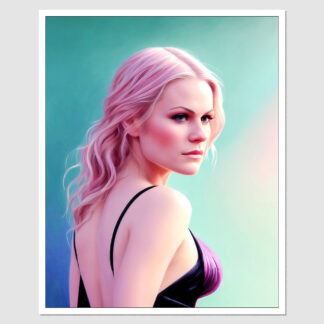
Doutzen Kroes
Dutch fashion house Doutzen Kroes is best known for designing unique pieces that bring artistry and style to everyday wear. The brand started as a mail order business in the 1950s and evolved to its present form in the 1960s. Their designs are a marriage between European couture techniques and modern day silhouettes. Below we explore their history, designs and collaborations.
The Beginnings: A Mail-Order Business
Doutzen Kroes grew out of a mail order business founded by twin sisters Ruth and Dina Kroes in the Netherlands in the 1950s. With the help of an accountant, the young entrepreneurs started making business plans for a mail order house that specialized in men’s and women’s evening wear. They decided to call their business “Dressmart”, a combination of the Danish and German words for “dress” and “shop”. With a working capital of just 400 euros, the twins began creating designs for men and women using quality fabrics like satin silk and smooth polyester. They were originally inspired by European haute couture houses like Dior and Lanvin, as well as Indian and Indonesian textiles. Their first collection was called “Dutch Chic” and showcased simple yet elegant dresses made of rich fabrics.
Growth During The ‘60s
During the 1960s, Doutzen Kroes began expanding. They opened their first store in 1961 in Amsterdam and soon after launched a maketplace.com where consumers could find a full range of their products. The business grew rapidly, opening 30 stores in Germany, France, and the United Kingdom in the decade following their inaugural Amsterdam boutique. They also began exporting their clothing to other countries, including the U.S., where they opened a New York store in 1966 and a San Francisco store in 1968. That same year they were listed on the New York Stock Exchange. In 1969, they opened a Parisian store in the company’s first international location. That same year they were also purchased by the American company Warner-Lambert for 10.8 million dollars.
Brands And Designs From The ‘70s
Warner-Lambert sold Doutzen Kroes’ European operations to Italian company Benetton in 1972 for 10.2 million dollars. The brand continued to expand and by 1978 had stores in 15 different countries. That same year they were valued at 37.5 million dollars, making them one of the 500 most valuable brands in the world at the time. The brand continued to expand in the 1980s, setting up stores in Spain, Japan, and the United Kingdom. In 1981, they opened a Beverly Hills store and a New York store the following year. That same year they were valued at 73.5 million dollars, making them one of the 500 most valuable brands in the world.
During this time, the fashion house began developing distinct brands for men and women. In 1983, they launched their “Nanette” collection for women, named after the famous opera singer and designed to evoke the European avant-garde movements of the 1920s and the Charleston revival of the 1930s. The same year they also became the first fashion brand to sell exclusive licensed products, debuting a swimwear collection called “Benetton Collections” featuring Victoria Beckham that was only available at selected retailers.
The ‘90s: A Decade Of Growth
In the early 1990s, Doutzen Kroes began shifting their focus from just retail to manufacturing and design. The company hired young designers and introduced new collections every season. They began licensing their designs and bringing them to life through the use of novel materials like nylon, metallic fabrics, and T-shirts. In 1994, they introduced their first permanent collection of swimsuits, combining metal mesh with brightly colored fabrics and novelty prints. They also began expanding into leather goods and accessories, as well as fragrances.
In 1995, they opened a store in Hong Kong and then in 1999, they opened their 100th store in London. That same year they were valued at 115.2 million dollars, making them one of the 500 most valuable brands in the world. In 2001, they acquired Neiman Marcus for 29.9 million dollars and in 2007, they were valued at 228.7 million dollars, making them one of the 500 most valuable brands in the world for the seventh straight year.
Throughout this time period, Doutzen Kroes designed products for some of the world’s most prominent figures. In 1997 they launched a handbag collection for Elizabeth Taylor, and in 1999 they created pieces for Madonna’s “Loud music” tour. In 2000, they designed costumes and accessories for Princess Caroline of Monaco during her marriage to the heir to the throne, Albert II. That same year they designed costumes for the Barbizon Costume Institute’s annual gala, as well as outfits for Aishwarya Rai during the filming of the movie “Jodie’s Gift” in India. In 2003 they designed the costumes for the Duchess of Cornwall’s tour of Australia and New Zealand. In 2006, they designed outfits for Dior’s “Luminous” collection and Christian Dior’s “Dior Homme” collection. That same year they also created accessories and costumes for Rihanna’s “A girl like me” tour.
The Present: Innovative Designs For The Modern Woman
Nowadays, Doutzen Kroes designates an entire runway to showcase each of their unique pieces. Their collections are a combination of fashion and art, featuring intricate lace, bold prints, unique cuts, and daring color palettes. Many of their swimsuits are so unique that they’ve become collector’s items. Below we explore some of their innovative designs for the modern woman. More info on their website.
Darling Diva
Doutzen Kroes created the “Darling Diva” collection in collaboration with Dutch designer Iris Van Herwaert. The duo presented a dramatic interpretation of the common woman, the “Darling Diva,” in a stunning display of feminine power. From red-carpet worthy dresses and sleek leather accessories to stunning swimsuits and dazzling heels, the collection gave an empowering message of “I’m beautiful, inside and out, and I know it.”
The collection included a dress made entirely from jellyfish – the traditional Dutch symbol of strength, courage, and beauty. The dress was an ode to the female gender and a reflection of the enduring power of the female form.
Tulipomania
The “Tulipomania” collection from Doutzen Kroes was inspired by the craze for tulips that swept Holland in the 17th century. The fashion house designed several different looks, from day dresses and mini-skirts to embellished gowns and even a bride’s dress. Each piece of clothing was uniquely ornamented with eye-catching tulips that were such a hit with the public that the fashion house had to stop making them. Unfortunately, the craze for tulips didn’t last very long and the beautiful flowers are now considered a national symbol of Holland.
Holland’s Bravest
In 17th-century Holland, ordinary people didn’t wear fancy dresses; they wore rugged clothes akin to our modern-day bikers. This is the theme Doutzen Kroes explored in their 2014 collection called “Holland’s Bravest,” named after these strong, independent women. The collection was inspired by a quote from the Dutch historian Alfred Cobbaert: “We should look at the history of women in Holland in the 17th century: they were not afraid to get dirty, they washed their clothes frequently, and many of them worked hard.”
Doutzen Kroes created elaborate costumes for this collection, such as a woman painted entirely in blue denim with diamonds for eyes. The outfits were inspired by the bold prints produced in the 17th century, like those of Dirck van Os, Martin Luther, and Christopher Columbus. The designers even added a modern spin by using brightly colored outfits to evoke the spirit of the American Revolution.
Creative Collaborations
Doutzen Kroes is best known for designing unique pieces that bring artistry and style to everyday wear. The brand started as a mail order business in the 1950s and evolved to its present form in the 1960s. Their designs are a marriage between European couture techniques and modern day silhouettes. Below we explore some of their creative collaborations, bringing unique pieces to life through the use of novel materials like nylon, metallic fabrics, and T-shirts.

